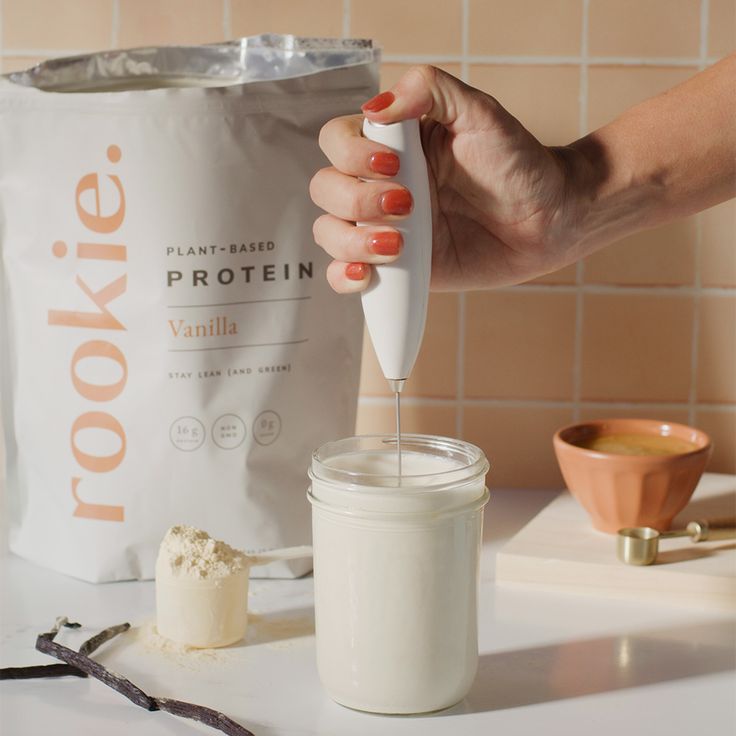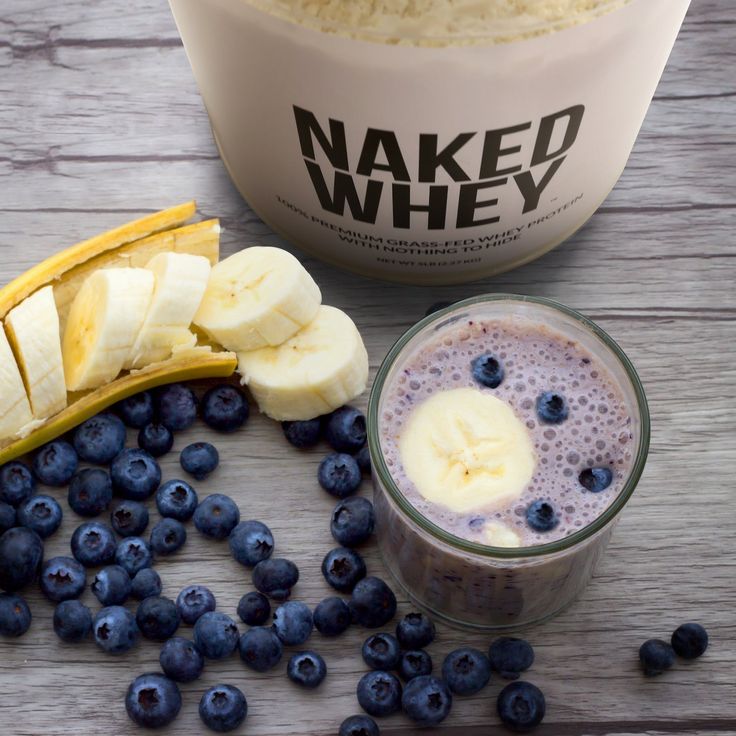When it comes to making your protein shakes, one common struggle many people face is dealing with clumpy protein powder. If you’ve ever experienced the frustration of lumpy shakes, you’re not alone. In this article, we will explore effective strategies on how to get protein powder to dissolve perfectly, ensuring a smooth and enjoyable drinking experience every time.

The Science Behind Protein Powder Clumps
Understanding why protein powder clumps can improve your shake experience. Several factors contribute to this common issue.
How Protein Type and Processing Affect Mixability
Different protein powders have unique characteristics that influence how well they dissolve. Whey, casein, soy, and vegan options behave differently when mixed with liquids. The size of protein particles matters too. Finely milled powders tend to dissolve better than coarse ones. Processing methods can also play a part; heavily processed powders often mix more easily due to smaller particle sizes and the addition of anti-clumping agents. Organic and less-treated powders might clump more because they lack these additives.
The Impact of Storage on Protein Powder Consistency
How you store protein powder impacts its mixability. Keep it in cool, dry places to prevent clumping. Moisture and heat can cause protein powder to clump, making it harder to dissolve. Always ensure the storage container is airtight. This practice helps preserve the powder’s texture and prevents absorption of moisture from the air which can lead to clumps.
Step-by-Step Guide to Smooth Protein Shakes
Creating smooth protein shakes is easy when you know the right techniques. Use this guide to make your shakes creamy and delicious every time.
Essential Equipment for Lump-Free Shakes
To avoid lumps, you need good equipment. A shaker bottle with a wire whisk or a powerful blender are best. These tools help break up powder clumps effectively.
The Liquid-First Technique
Pour liquid into your cup before adding protein powder. This helps prevent powder from sticking to the bottom or sides. Start with about 8-12 ounces of your favorite liquid like water, milk, or a non-dairy option.
Accurate Measurement and Blending Tips
Correctly measure your protein powder using the scoop provided. Then, gently tap the scoop to remove air pockets. Gradually add powder to your liquid and start shaking or blending. For thick shakes, blend for less time. For thinner shakes, blend a bit longer or add more liquid.

Advanced Tips for the Ultimate Smooth Protein Shake
To elevate your protein shake to the next level, try these expert techniques.
Sifting Protein Powder for Even Texture
Prevent lumps by sifting your protein powder before mixing. This step breaks up clumps for a smoother texture.
Temperature Tweaks and Ice Cube Tricks
Warm liquids can help dissolve protein powder better. For cold shakes, dissolve powder in room-temperature liquid first, then add ice.
Experimenting with Liquid Bases and Add-Ins
Different liquids can change your shake’s taste and consistency. Try almond milk for creaminess or add Greek yogurt for thickness. Experiment to find your favorite combo.
Choosing the Perfect Protein Powder
Choosing the right protein powder can be tricky with all the options.
What to Consider When Selecting Protein Powder
Consider your dietary needs, fitness goals, and taste preferences when picking. Look at the protein type, mixability, flavor, and whether it has additives or artificial ingredients.
The Benefits of Vegan Protein Powders
Vegan protein powders are often easier to digest, good for the environment, and allergy-friendly. They come from plants and can fit into various diets. Opting for vegan powders can also reduce dairy intake, which is beneficial for some people.

DIY Solutions for Common Protein Shake Problems
Facing issues like foam, chunks, or grit in your protein shakes can be frustrating. Here are some DIY tips to tackle these common shake quandaries.
How to Deal with Foam, Chunks, and Grit
If you’re finding your protein shakes foamy, try shaking less vigorously. Shake more gently to reduce air and foam. For chunky shakes, ensure you’re shaking long enough. Give it a good 30-second shake to break down clumps. If your shake is gritty, it might be the protein type. Consider trying a different brand or type of protein powder. Some types mix better and result in a smoother shake.
Troubleshooting Clumping Issues Without Tools
No shaker bottle or blender handy? No problem. Use a fork for a makeshift solution. Mix a little liquid with your protein powder first to create a paste. Then slowly add more liquid. This method helps prevent lumps. Also, if you add liquid before powder, it dissolves better. So start with your liquid base, then sprinkle the powder in while stirring. Keep stirring until it’s all mixed in well. And remember, patience is key. Take the time to stir thoroughly for best results.
Creative Protein Powder Recipes Beyond Shakes
While shakes are a popular option, protein powder has versatile uses in various recipes.
Protein-Infused Snacks
You can create easy, high-protein snacks by adding protein powder to simple recipes. Here are some quick ideas:
- Energy Bites: Mix powder with oats, honey, and nut butter, roll into balls.
- Yogurt Parfait: Stir powder into Greek yogurt, layer with fruit and granola.
- Protein Bars: Combine powder with dates, nuts, and seeds, press into a pan.
These snacks are perfect for on-the-go nutrition or a post-workout boost.
Cooking and Baking with Protein Powder
Protein powder can also enhance your cooking and baking. It adds nutrition without changing the taste too much.
- Pancakes: Add a scoop of protein powder to your batter for a nutritious and protein-packed breakfast option. This simple addition not only enhances the flavor but also helps keep you full longer.
- Soups and Stews: Sprinkle protein powder into warm soups and stews to boost their protein content effortlessly. This makes for a hearty meal that supports muscle health.
- Baked Goods: Incorporate protein powder into your favorite baked goods, such as muffins, bread, or cookies. This way, you can enjoy your treats while benefiting from added nutrition.
When cooking or baking, remember to balance the liquid ratios to accommodate the added powder.
Using protein powder creatively can make healthy eating more fun and flavorful. Try adding protein to your recipes and enjoy the nutritious benefits.
FAQs on Protein Powder Mixability
Best Practices for Storage
To keep your protein powder fresh and clump-free, follow these storage tips:
- Store protein powder in a dry, cool place.
- Keep it away from moisture and heat sources.
- Use an airtight container to prevent moisture from causing clumps.
- Avoid storing it in humid environments like bathrooms or near stoves.
These tips will help maintain your protein powder’s quality and mixability.
Optimal Liquid Ratios for Different Powders
The amount of liquid you add affects your protein shake’s consistency:
- Start with 8-12 ounces of liquid per scoop of protein powder.
- For thinner shakes, add more liquid after mixing.
- Use less liquid for a thicker texture.
- Experiment with different liquid types like water, milk, or plant-based alternatives.
Finding the right balance can enhance your shake’s texture and taste.
Solutions to Common Mixing Missteps
Here are solutions for common protein powder mixing errors:
- Shake the container well before adding powder to evenly distribute particles.
- Add liquid first to your shaker or blender to minimize sticking.
- If using a spoon, stir continuously to prevent clumps.
- For lumps, add a bit more liquid and re-shake or blend.
- If too foamy, shake more gently, and check your liquid-to-powder ratio.
These methods can help you achieve smooth, delicious protein shakes every time.